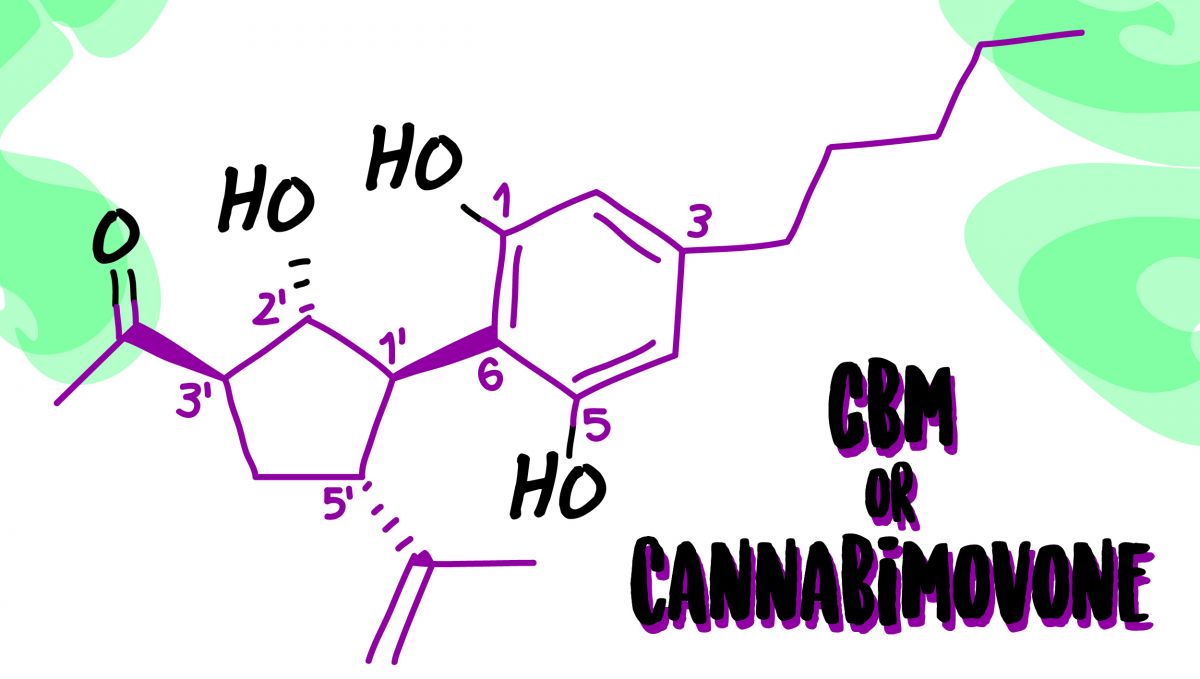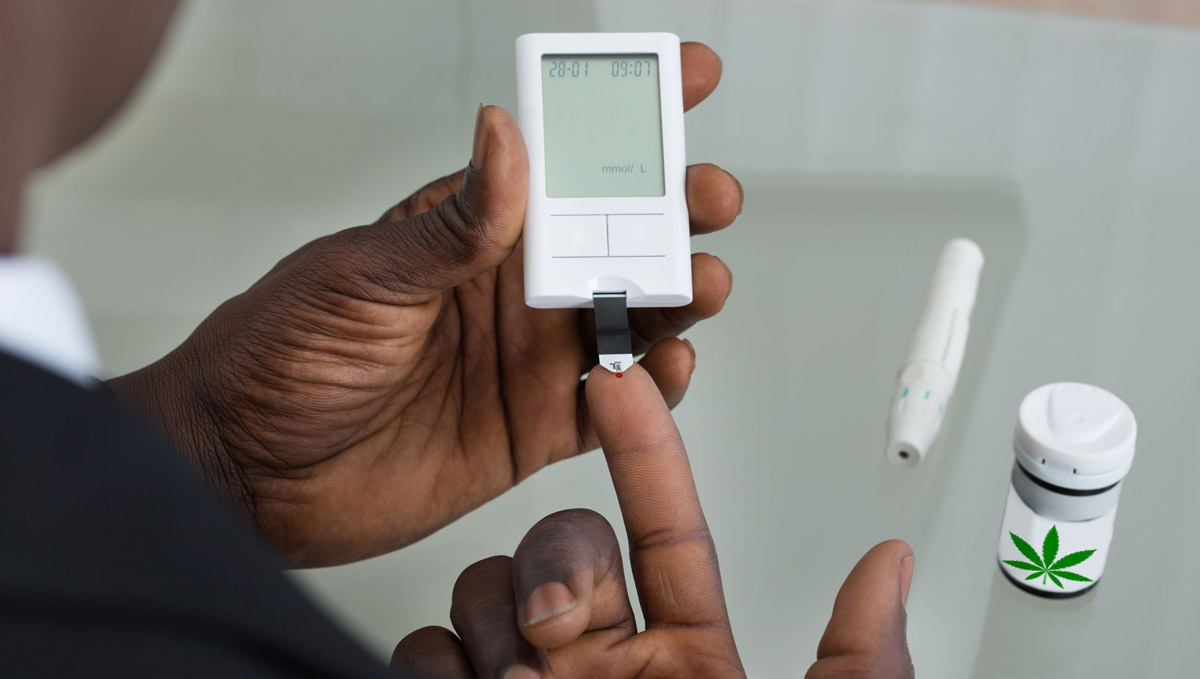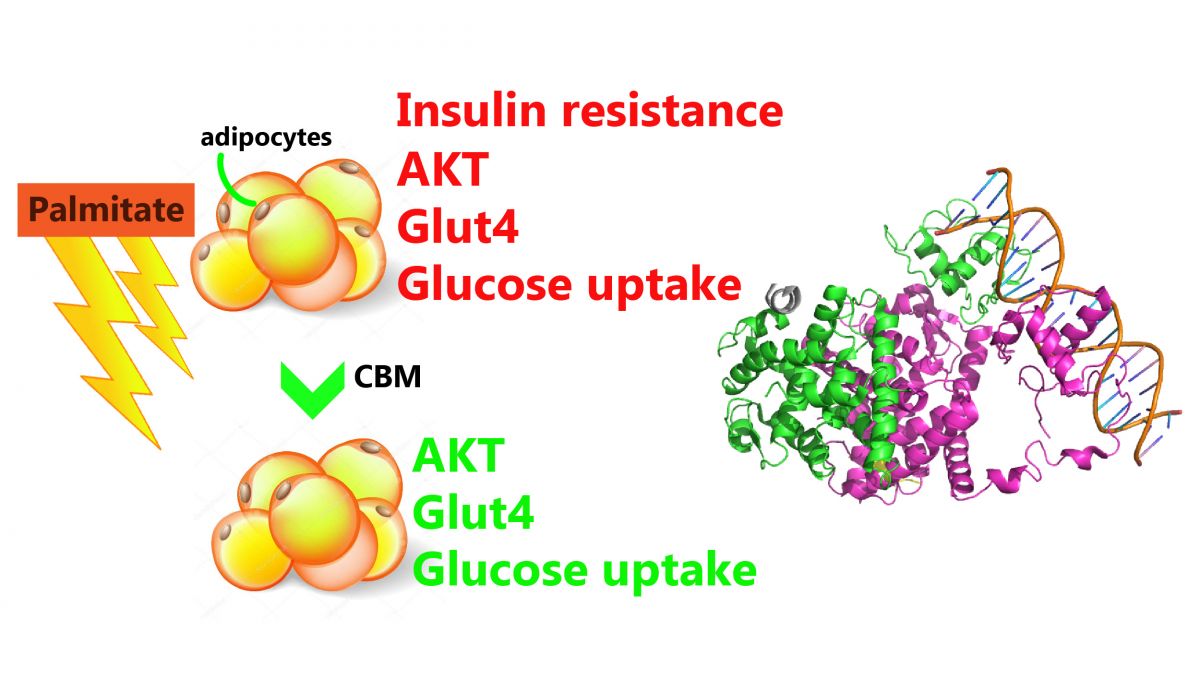New Cannabinoid Extracted From Hemp: CBM

- 1. Cbm and insulin
- 1. a. Ppars in medicine's spotlight
- 2. Cbm growing into the market
- 3. The medicinal applications of cbm in the future
- 4. In conclusion
Marijuana has been a part of our lives for centuries, even millenniums, however, research on the subject has not been highly active until the last two decades when medical cannabis seeds started gaining popularity. As far as we knew, the two most famous cannabinoid components in marijuana were THC and CBD. A new player has entered the medical marijuana game: we are talking about cannabimovone, or CBM. CBM can be found in a historical variety of hemp that was named Carmagnola after the name of a small village in Piedmont, Italy. However, cannabimovone moved into the spotlight only recently ago when in March this year a group of Italian universities and research centers elaborated a study on the subject, which was published in an issue of Molecules.1

But what exactly is cannabimovone? In this article we’re going to explain in detail the uses and characteristics of the newly found member of the cannabinoids family, CBM. There is still not a whole lot known about the nonpsychoactive CBM, but let’s jump on in and see exactly what is up with one of the newest members of the discovered cannabinoid family, and why so many researchers and weed enthusiasts see such huge potential in it.
1. CBM and Insulin
One of the most staggering aspects of cannabimovone involved the discovery of its possible benefits for the treatment of diabetes, metabolic disorders, and eating disorders.
“CBM promoted the expression of PPARγ target genes regulating the adipocyte differentiation and prevented palmitate‐induced insulin signaling impairment. Altogether, these results candidate CBM as a novel bioactive compound potentially useful for the treatment of insulin resistance‐related disorders.”1
“Overall, these findings support CBM as a new bioactive compound potentially useful for the treatment of insulin resistance disorders,” wrote the researchers.

In simpler words, CBM might be an effective component to promote healthy insulin levels and metabolism for diabetic patients.Technically speaking, CBM binds well with various receptors in the human body, particularly with a type of receptors called peroxisome proliferation-activated receptors, PPARα and PPARγ. These receptors are known for taking part in the regulation of hormone levels and internal organ cell generation in our bodies. PPARα and PPARγ also play a fundamental role in lipid metabolism, metabolic regulation, and energy homeostasis.
For example, PPARα and PPARγ receptors control the genes that are in charge of cell production for our major organs, such as:
- The heart;
- Some muscles;
- Liver;
- Kidneys;
- Pancreas;
- Colon;
- And spleen.
CBM showed to react as an agonist of the PPARγ receptor, unlike the other components part of the cannabinoid family, THC and CBD which are antagonists of these receptors.

PPARs in Medicine's Spotlight
In modern medicine, pharmaceutical drugs are often used for the treatment of a disease or disorder. But what happens when that illness is caused by defective, mutated, or damaged genes? In this case, it isn't recommended to treat the symptoms but to target the illness host. Given that PPARs directly control the genes that create and control a wide range of our vital cells, researchers concluded that by exploiting these receptors they could target the host of eating disorders, hormone-related disorders, metabolic disorders, and different types of cancers. 2
{post: 810}
There are already some PPARs-targeting drugs approved by the FDA and available in the US market. These medications however produce unwanted side effects like weight gain and heart issues. While consuming cannabinoid products could possibly generate some weight gain due to the famous munchies, scientists could elaborate new formulations with cannabinoid combinations that produce small side effects and big therapeutic consequences. It’s all a matter of time, and patience.
To better understand the therapeutic potential of CBM, it’ll help to dive a bit deeper into the nature of PPAR receptors. This acronym stands for peroxisome proliferator-activated receptor. They’re a group of receptors found in our cells, and they play a particularly important role when it comes to our metabolism. There are three different types of PPAR receptors, namely alpha, delta, and gamma. PPAR alpha occurs mostly in the liver and helps to metabolize the fatty acids that we require for energy. Next up, we have the critical PPAR delta. This protein occurs in muscles, where it helps our organs of movement to utilize fatty acids. Finally, we have PPAR gamma, a receptor that shows up in fat cells that assists the body in storing away excess fat. Of the three, CBM has been shown to bind to PPAR gamma during cell studies. This means that cannabinoids could play an important role when it comes to inflammatory and metabolic conditions.
2. CBM Growing into the Market
As we've mentioned before, CBM comes mainly from the marijuana strain called Carmagnole, although once more research is done it is likely that this cannabinoid will be found in other strains. However, growing this strain is probably not a good business yet, taking into consideration that only a small amount of this cannabinoid is produced by the plant.
| Cannabinoid | Medical Uses |
|---|---|
| THC | Anxiety, glaucoma, insomnia, low appetite, muscle spasticity, nausea, pain and more. |
| CBD | Anxiety, depression, inflammation, migraines, nausea, pain, mental disorders, seizures and more. |
| CBM | Diabetes, metabolic disorders, eating disorders, hormone-related disorders, different types of cancers and more to discover. |
Perhaps in the near-future breeders will perform back-crossing processes or line breeding with Carmagnola and start creating new strains that contain bigger amounts of cannabimovone. Or maybe bio technicians will be able to genetically manipulate bacteria, yeast, or even cannabis itself to develop high, industrial quantities of CBM.
3. The Medicinal Applications of CBM in the Future
As such little research has been done on the subject, it is pretty hard to know exactly where the use of CBM as a medicinal product will end up. Some researchers in the US have been able to get their hands on it and conduct some research, but at this point they are still hamstrung by regulation which makes it next to impossible to conduct peer-reviewed studies with high-quality CBM strains. Even though cannabis is legal in 37 of the 50 states in the US, it continues to remain classified as a schedule 1 drug. This puts it in the same category as cocaine, LSD, heroin, MDMA, and peyote among others. This means that the federal government of the United States of America deems cannabis to officially have “no currently accepted medical use and a high potential for abuse”.
The simple fact that CBM activates the receptors responsible for insulin and metabolism regulation should be enough to warrant at least some form of more in-depth research, as diabetes is one of the most prevalent diseases, with almost 10% of the worldwide population battling the disease in 2022. It also shows great promise in reducing the side effect of radiation therapy and chemotherapy, it could possibly help certain addicts going through withdrawals, and may help with general pain and inflammation.
Full-Spectrum Medicinal Extracts
Discoveries such as the CBM cannabinoid in early 2020 only strengthen the argument that medicinal patients (and recreational smokers) should always look for full-spectrum extracts if that is how they prefer to consume them. At the time of writing, the discovered cannabinoid count is sitting at exactly 113. But there is zero doubt that there are still a bunch to be isolated and researched, so it’s our opinion that everyone should be aiming to use only full-spectrum extracts.
These are sometimes referred to as whole-plant extracts, and thanks to the extraction process the end product contains the full range of cannabinoids that were present in the plant. Why is this important? Because when the minor cannabinoids like CBM are consumed alongside the major cannabinoids like THC and CBD, the effects are boosted. This doesn’t mean you will just get a stronger high, but also the pain and inflammation relieving qualities, and the anxiety-reducing properties can all be boosted also.
4. In Conclusion
Medical cannabis investigations come along with many surprising and effective results for patients and therefore there should be no barriers for researchers to be able to keep making findings in such a reliable substance like a cannabinoid. The amazing discoveries about this new cannabinoid cannabimovone proved how imminent it is for researchers to dive into the cannabis field. After all, the study published in Molecules has proved that heavy health affections such as diabetes could be treated by new medication formulations containing cannabinoids like CBM, THC, CBD, THCV, or new cannabinoids discovered in the future.
EXTERNAL REFERENCES
- "Identification and Characterization of Cannabimovone, a Cannabinoid from Cannabis sativa, as a Novel PPARγ Agonist via a Combined Computational and Functional Study." March 2020 - https://www.mdpi.com/1420-3049/25/5/1119/htm
- "PPAR and immune system—what do we know?" July 2020 - https://www.ncbi.nlm.nih.gov/pmc/articles/PMC2543934/












Comments